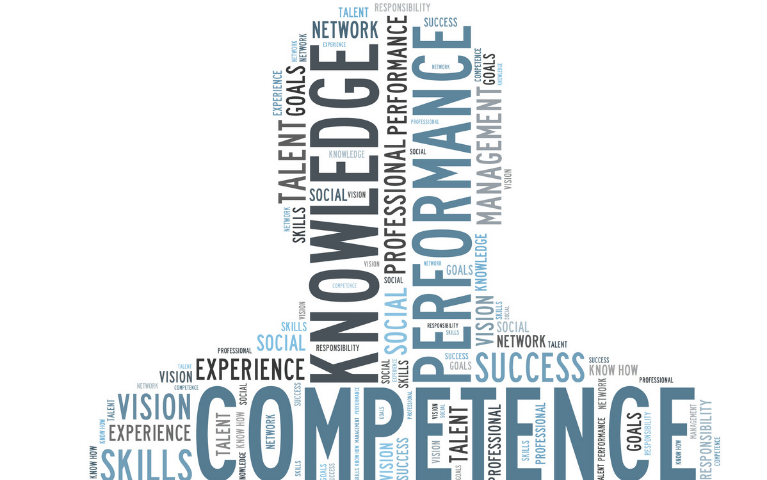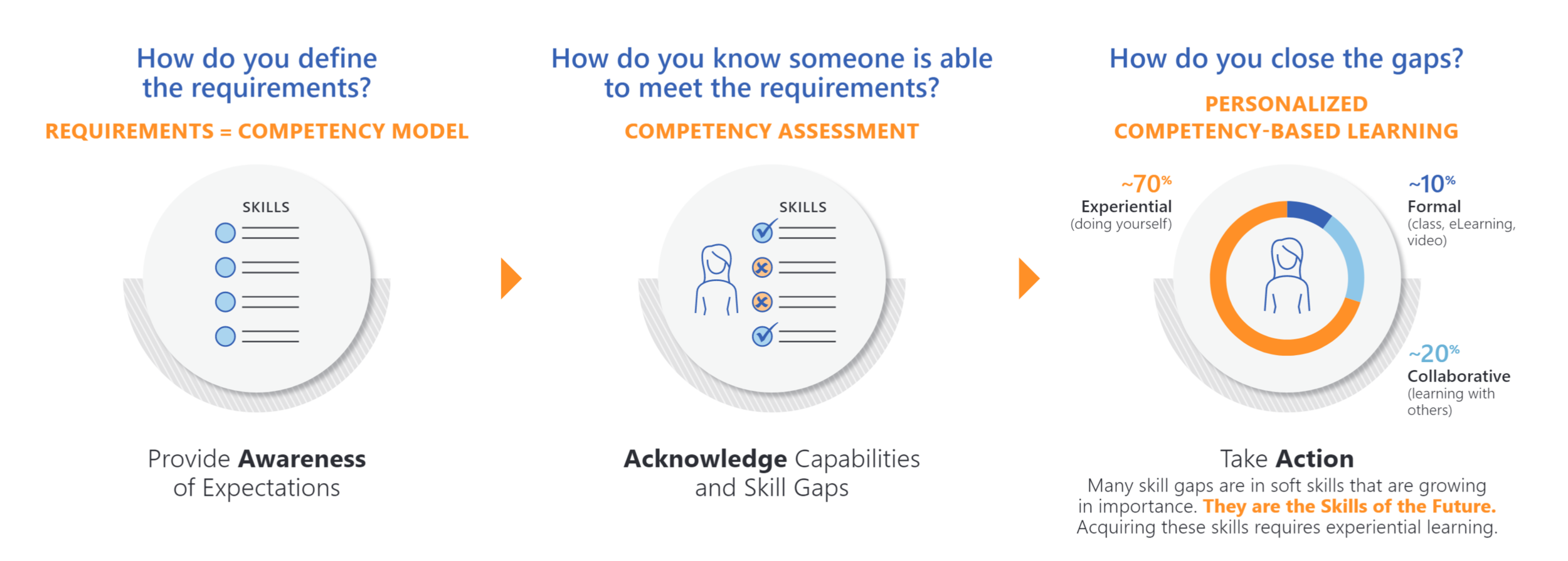What is a Competency?
When talking about competency models, I’m often asked the same series of questions: “What is a competency? How do I explain it to others?”
Defining Competency
An easy definition of competency is that it is something you need to be able to do well in a specific job role.
The term "competence" came into vogue following R.W. White’s 1959 Psychological Review article, “Motivation Reconsidered: The Concept of Competence.” White explains that because people are intrinsically motivated to achieve competence, having competency models enables organizations to tap into our own desire to achieve proficiency.
In order to demonstrate competence, workers must be able to perform certain tasks or skills with a required level of proficiency. A competency is broken down into specific skills or tasks.
Next, each skill or task can be described in terms of what it looks like—specific behaviors at different levels of proficiency. To achieve competence in a particular job, a person should be able to perform various tasks or skills at a target proficiency level. For example, if the target is a 3, then someone should be demonstrating the behaviors found in level 3.
A competency model encompasses all the competencies, tasks and skills, behavioral examples, and proficiency requirements for a particular job. It focuses on what things the person in that job needs to do to achieve corporate strategy.
Another way to think about it is that a competency model defines the requirements for the role. The requirements may include what they need now, as well as the Skills of the Future. This diagram helps people understand why a competency model is essential to the organization’s success and how you quantify skill gaps.
While all of this seems obvious to Talent Development and Learning & Development professionals, it is often difficult to explain to those outside of our field. In other words, when I ask a group of salespeople or supply chain managers about the required competencies for their roles, I typically get a bunch of blank stares.
A Different Approach: Categories
Let’s consider a different way to describe “competency.” I ask people to describe the “categories” of things that employees need to be able to do. Suddenly, the intangible seems tangible, and everyone can articulate what they need to do.
For example, if you ask a sales person about the categories of things they do, they will probably say account management, opportunity management, and administrative tasks. Or, if you ask a supply chain manager to outline their categories of tasks or behaviors, they will probably say supply chain management, people management, and coordination with other functions.
Once you have these categories, you can have a conversation with high performers, asking them: “Tell me everything you do in your job that is related to people management.” This is where you can start to nail down the requisite skills for that role to succeed.
If one of those skills is related to coaching and team members development, you can ask, “How do you do that? How often do you do it? How do you integrate it into your processes?” This is where you begin extracting best practices, which are simply examples of how to demonstrate proficiency in a particular skill.
Putting Competencies to Work for You
If you want to build support for building competency models in your organization, use the requirements document shown above that explains why they need it, and use language that everyone understands. Ask people about the “categories” or big buckets of things they need to do in their job. I believe you’ll find that you can generate a lot more support for your competency initiatives.
For more insight, check out our webinar, "Build competency models that close skill gaps and deliver results" and download materials to do it yourself.






